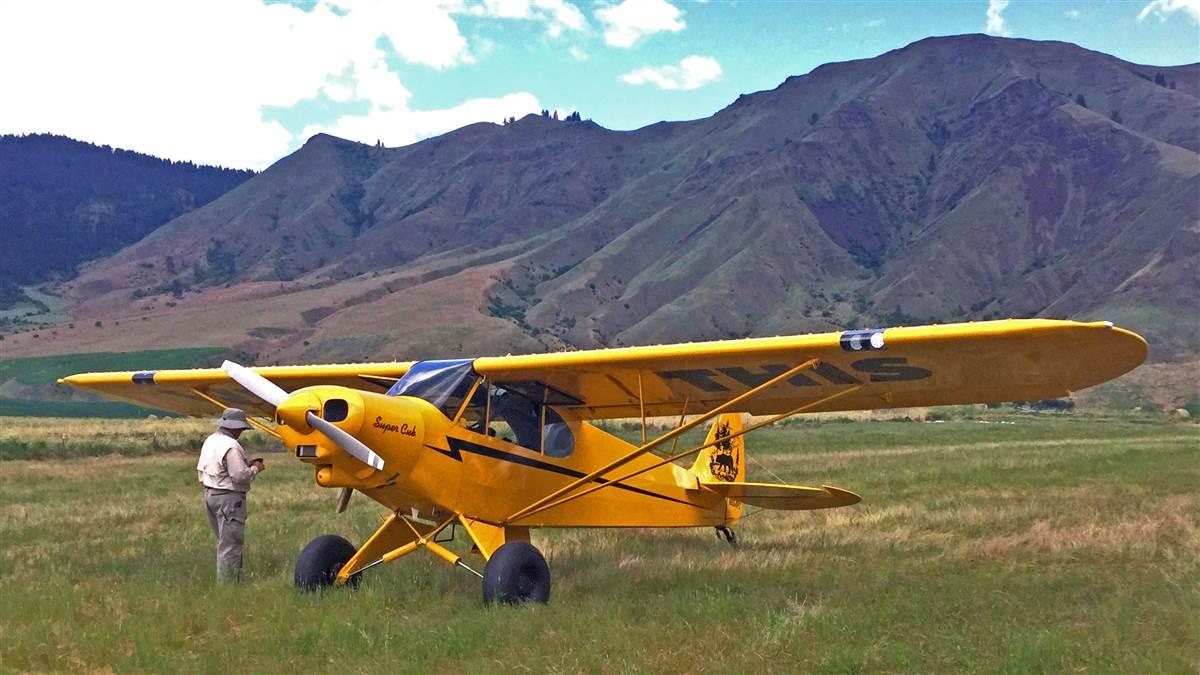
AVIATION eBRIEF POLL
What aviation social activities do you typically pursue?
- Aircraft-specific learning opportunities or type club event: 52%
- Camping or camaraderie with other aviators: 22%
- Social media posts: 9%
- Other: 18%
QOTM
Sunshine, blue skies, and flying = happy dog. Did you take yours up on #NationalDogDay (August 26)?
Both my co-pilots. My brother Ryan and my dog Lukka! —Kora Jerentosky
As the airplane turns
Landing site in sight
Concerning “Bundle of Energy” in August 2018 Flight Training, which was a great article, I did have one comment. In the picture denoting the high key position for touchdown you show a clockwise rotation to touchdown.
I would think that unless wind conditions (not shown) required it, I would do a counter-clockwise rotation, assuming I was in the left seat. This would be because of better visibility.
Just thought I would throw out my novice opinion and would be curious what the experts say.
Charles Wright
Taunton, Massachusetts
Factors such as terrain and wind affect the decision on which way to turn, but turning left provides better visibility for pilots in the left seat. —Ed.
ERRATA
In “Flight Lesson: The Case of the Missing Gas Cap” (September 2018 Flight Training), we incorrectly described a student at the U.S. Naval Academy as a cadet. The correct term is midshipman.
The answer to “What are the approved air-to-air communications frequencies listed in the AIM?” in the September 2018 “Final Exam” listed only one: 122.750. In fact, the AIM also lists 123.025 MHz for general aviation helicopters.
Flight Training regrets the errors.
We welcome your comments. Please email [email protected]. Letters will be edited for style and space.
